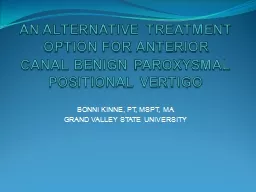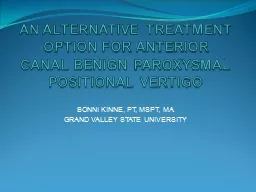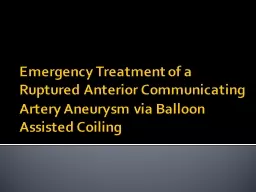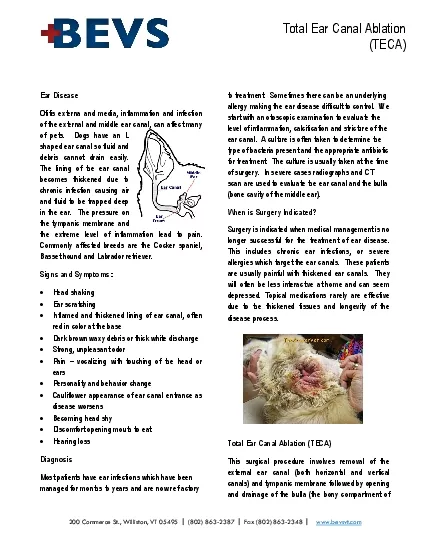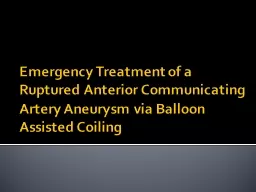PPT-AN ALTERNATIVE TREATMENT OPTION FOR ANTERIOR CANAL BENIGN P
Author : tawny-fly | Published Date : 2016-06-20
BONNI KINNE PT MSPT MA GRAND VALLEY STATE UNIVERSITY BACKGROUND AND PURPOSE BENIGN PAROXYSMAL POSITIONAL VERTIGO BPPV ANTERIOR CANAL BPPV SUBJECTIVE FINDINGS OBJECTIVE
Presentation Embed Code
Download Presentation
Download Presentation The PPT/PDF document "AN ALTERNATIVE TREATMENT OPTION FOR ANTE..." is the property of its rightful owner. Permission is granted to download and print the materials on this website for personal, non-commercial use only, and to display it on your personal computer provided you do not modify the materials and that you retain all copyright notices contained in the materials. By downloading content from our website, you accept the terms of this agreement.
AN ALTERNATIVE TREATMENT OPTION FOR ANTERIOR CANAL BENIGN P: Transcript
Download Rules Of Document
"AN ALTERNATIVE TREATMENT OPTION FOR ANTERIOR CANAL BENIGN P"The content belongs to its owner. You may download and print it for personal use, without modification, and keep all copyright notices. By downloading, you agree to these terms.
Related Documents

